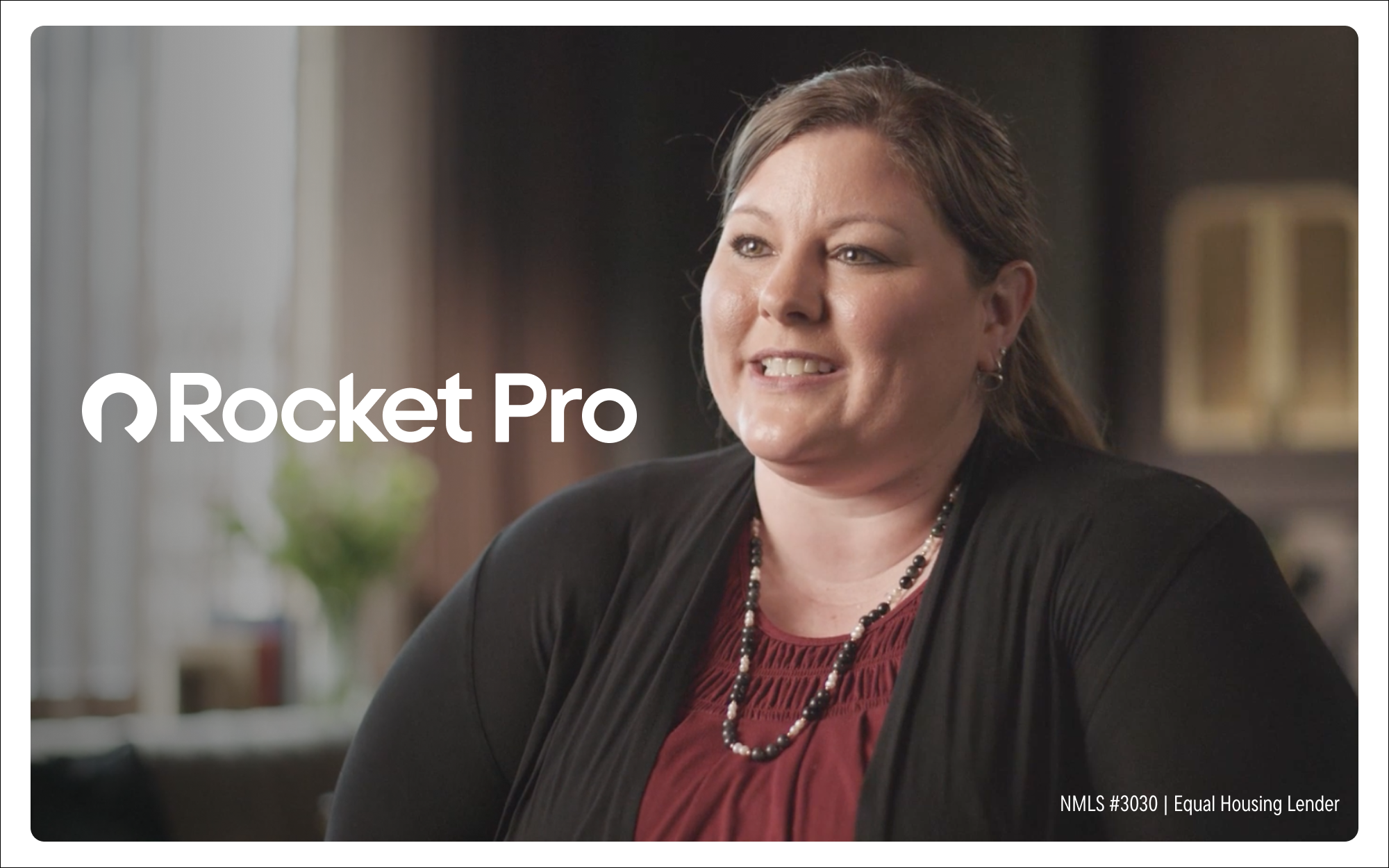A new approach to loan protocols is just one way for community banks to grow in new and different directions. Assessing best practices, rates, marketing efforts and more can position loan producers for future success in unpredictable market conditions.
5 ways to shake up your lending strategy
July 01, 2022 / By Cheryl Winokur Munk
A new approach to loan protocols is just one way for community banks to grow in new and different directions. Assessing best practices, rates, marketing efforts and more can position loan producers for future success in unpredictable market conditions.
Amid changing economic conditions and rising rates, it’s a good time for community banks to re-evaluate their loan strategy with an eye on adaptability. Here, we offer some factors to consider when assessing a community bank’s current and future loan strategy.
1. Consider risk-based pricing for all loans
Risk-based pricing is well-established in the consumer arena, but for small business or commercial loans, it also pays to avoid a cookie-cutter approach. If a bank lumps borrowers into only one or two buckets of risk, some high credit borrowers will pay more, and some lesser-quality borrowers will get too favorable a deal, according to John Bourquard, a principal in the loan review consulting division at accounting and advisory firm Forvis, LLP in Indianapolis, Ind. Community banks need to assess whether their “risk-rating system is granular and dynamic enough to truly capture the risk,” he says.
Particularly for small businesses, community banks should make sure they use up-to-date tools to assess risk, such as relying more heavily on the owner’s personal credit, says Joel Pruis, who leads the commercial and small business lending practice at Cornerstone Advisors in Scottsdale, Ariz. This, he notes, can help ensure loans are competitively priced for high-quality businesses and that community banks aren’t attracting the wrong type of borrower.
[With looming recession concerns], you don’t want to wait before the loan starts to go south before you start asking for a personal guarantee.”—Lynn A. David, Community Bank Consulting Services, Inc.
2. Don’t be afraid to raise rates
As interest rates rise more broadly, community banks would err by accepting tighter spreads instead of bumping up their commercial loan rates strategically, according to Matt Pieniazek, president and CEO of Darling Consulting Group in Newburyport, Mass. “There’s a reluctance to choke off volume by being the pioneer,” he says. That said, he acknowledges that someone has to be first, and by raising rates, banks can afford some incremental slowdown of loan activity, because their spreads will be larger.
Pieniazek also believes community banks should change their lax policies on prepayment penalties. Often, they don’t impose these penalties or the penalties don’t have teeth, but if rates go down, these borrowers are a flight risk, and community banks should seek to be paid for the risk they accept.
Given rising rates and recessionary concerns, community banks also need to negotiate terms and rates for new loans and those coming up for renewal, says Lynn A. David, president of Community Bank Consulting Services, Inc. in St. Louis, Mo. Community banks may start with a laundry list of six things they want and end up with three through negotiation, but, he says, “if you don’t ask for it, you’re not going to get it.”
Since many commercial loans, including agriculture loans, reset annually, there’s wiggle room for community banks to renegotiate. For commercial loans, David suggests offering one-year adjustable loans tied to a specific index instead of leading with a fixed-rate loan for five years. Also look at the ability to collect additional collateral as a tactic to offer lower rates and reduce risk. Additionally, community banks that don’t already make use of personal guarantees for small businesses and partnerships should start doing so, he says. With looming recession concerns, “you don’t want to wait before the loan starts to go south before you start asking for a personal guarantee,” notes David.
3. Break down the growth
One of the biggest mistakes community banks make is citing a growth goal, say 8% or 10% per year, without looking at what may be missing from their portfolio, Pruis says. Banks need to evaluate the type of markets they are in today, where they have good market share and where they don’t. This, he stresses, will help them determine growth opportunities.
4. Focus on the client experience
Learning about lending
ICBA Community Banker University offers regular courses on lending topics.
Learn about forthcoming events »
Especially as market conditions change, lenders need to focus more on the customer experience, says Emily Sayer, national sales director for market research firm Avannis in Centennial, Colo. She offers the example of a bank that spent a large chunk of money on technology to improve loan satisfaction but later discovered that the real issue driving customer dissatisfaction was the slow response time from their loan officers. Because it didn’t do the research upfront, the bank spent money on the wrong solution, she says. “They were chasing technology without even knowing what their customers thought.”
The example underscores the importance of surveying borrowers post-loan to help determine—based on bank-specific and customer-specific data—what’s working and where improvements are needed. Even though something might seem like a good idea, or work well for other community banks, says Sayer, the cost might not be justified for another community bank or benefit that bank’s customers to the same extent.
5. Double down in core markets
Community banks often make the mistake of trying to grow loans in a particular segment without thinking holistically about what other products and services will help retain those clients long-term, according to Pruis. If a community bank’s target market includes professional services companies like lawyers or engineering firms, for example, offering an array of payroll or treasury management products is essential. Pruis warns that community banks that don’t offer ancillary products are less likely to win the loan business—or worse yet, retain it long-term.
Subscribe now
Sign up for the Independent Banker newsletter to receive twice-monthly emails about new issues and must-read content you might have missed.
Sponsored Content
Featured Webinars
Join ICBA Community
Interested in discussing this and other topics? Network with and learn from your peers with the app designed for community bankers.
Subscribe Today
Sign up for Independent Banker eNews to receive twice-monthly emails that alert you when a new issue drops and highlight must-read content you might have missed.
News Watch Today

Join the Conversation with ICBA Community
ICBA Community is an online platform led by community bankers to foster connections, collaborations, and discussions on industry news, best practices, and regulations, while promoting networking, mentorship, and member feedback to guide future initiatives.












